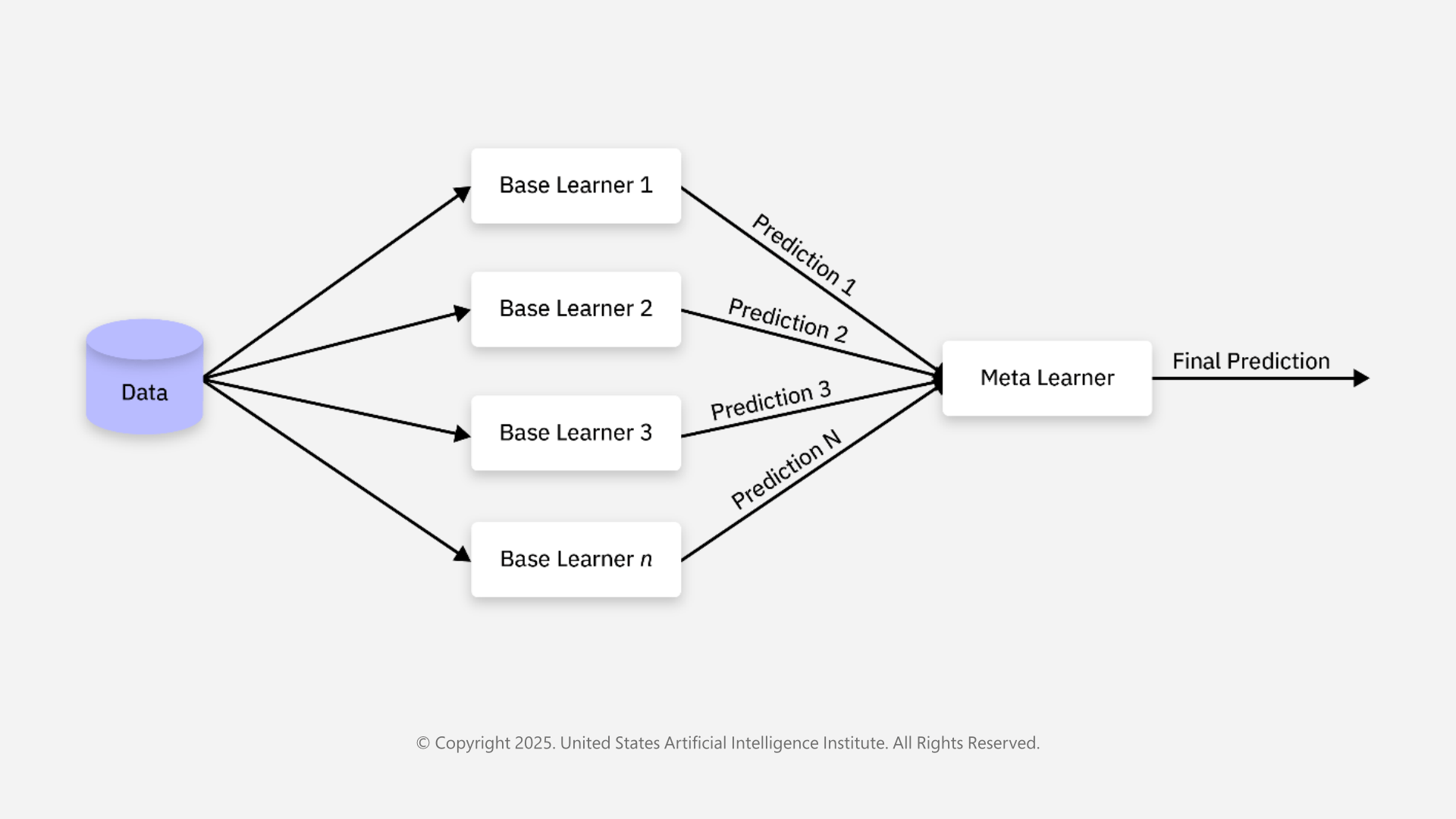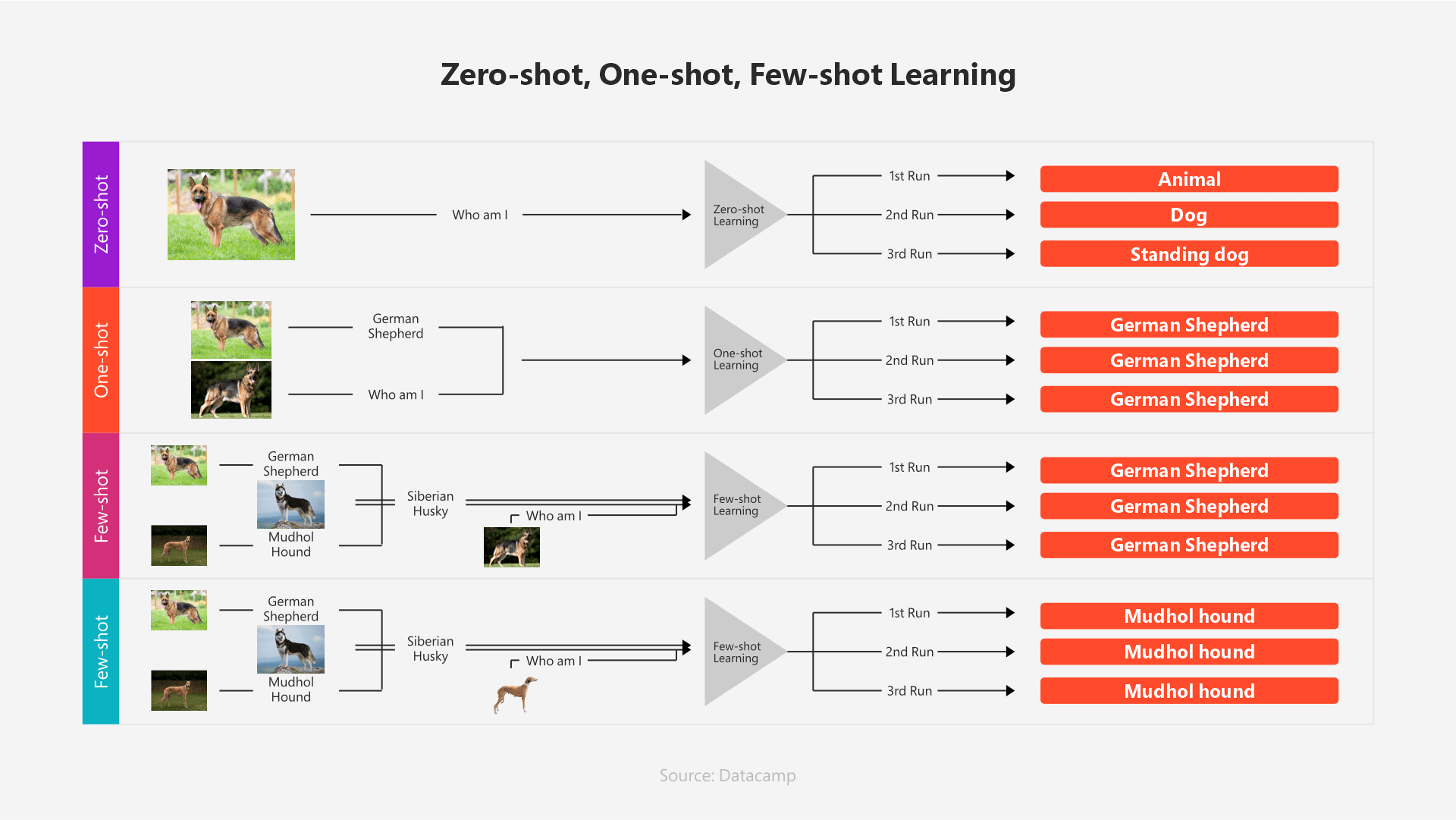
Artificial intelligence is a huge and highly complex technology. It has been evolving at a huge pace, particularly in the last few years. Today, the quest for truly intelligent systems has led AI scientists and researchers to explore beyond the traditional machine learning techniques.
The traditional machine learning algorithms work wonders for solving specific tasks for which they are trained via huge datasets. However, they are often incompetent and struggle against new tasks because they are not able to adapt or generalize for such new situations.
Meta Learning, aka “learning to learn,” is thus a technique that enables systems to learn and adapt to new tasks on their own without much human intervention.
Why Was the Need for Meta Learning Felt?
The traditional machine learning techniques had certain limitations that prevented them from becoming intelligent and efficient like the human brain. Of course, they are still far from it, but Meta Learning has quietly improved them a lot.
Traditional machine learning algorithms usually operate on the principle of empirical risk minimization, i.e., they are trained on large datasets to optimize a set of parameters for a specific task. This leads to certain limitations such as:
These limitations prompted AI scientists and machine learning engineers to work on more advanced and intelligent techniques - meta-learning.
What is Meta Learning?
Meta learning is a subfield of machine learning that is designed to help machines shift their focus from learning a single task to learning multiple tasks.

The meta-learning process includes a lot of tasks, and each of them is associated with different datasets. These multiple learning events enable them to generalize across tasks and adapt to new situations even with little training data.
The Key Components and working of Meta Learning
There are several key components that contribute to the working of Meta Learning. Meta Learning takes place in two stages – meta training and meta testing and they are supported with training data called meta dataset, base learner called meta learner, and the process of task description.
Here’s a brief description of their role and working:
Meta learning algorithms are trained on a collection of related tasks instead of a single dataset. This is called a meta dataset. Each of these meta datasets consists of a separate learning episode and provides algorithms with a diverse learning experience.
This is the core component of the learning system, which learns the meta-knowledge or meta-strategy for faster learning and adaptation to new tasks.
These are the core concepts behind the working of meta-learning. During the meta-training, the meta learner is trained on meta datasets where it learns the meta-knowledge and meta-strategy, and during meta-testing, the knowledge gained is evaluated on new and unseen tasks.

Meta-learning already assumes the tasks in meta-datasets to be drawn from a common distribution. Because of this assumption, meta learners can learn to generalize the learned meta-knowledge to new tasks from the same distribution.
Meta Learning Approaches
Some of the common approaches to meta-learning include:
The metric-based meta-learning approach focuses on finding a metric space where similar inputs are close together and distinct inputs are farther from each other. So, it basically is similar to the nearest neighbor algorithm.
Here are common examples of it:
Prototypical networks are another example of the metric-based meta-learning approach.
In this technique, the main focus is on learning a model that can easily and quickly adapt to new tasks. Let’s understand it with the following examples:
The optimization-based meta-learning approach helps the models learn an optimization algorithm that can quickly find good parameters for new tasks. Here are a few examples of it:
Meta-Learning use cases in Machine Learning
Now, let us further understand how versatile meta learning is with these use cases:
AutoML is used to automate machine learning tasks. Meta learning techniques are the best approach for AutoML as they efficiently help with hyperparameter optimization and model selection.
Meta-learning is a great technique for few-shot learning where the goal is to learn new concepts from a small number of examples. So, areas where there is limited data, for example medical imaging, few-shot learning becomes very useful.
Few-shot learning is a part of n-shot learning that uses a variety of techniques as explained in diagram below:
The diagram below shows the difference clearly.

Machine learning algorithms are the core of recommendation engine which helps find patterns in user behavior data and recommend relevant products, services, shows, feeds, etc. Meta learning improves their accuracy and help with more personalized suggestions.
Meta learning also helps with transfer learning through which pretrained models can learn new tasks which have never been seen before.
Applications of Meta Learning
There are numerous applications of Meta Learning helping transform our world. Here are some notable ones”
Benefits and Challenges
What Benefits does Meta Learning Offer?
Meta learning has huge potential, and it can offer several benefits such as:
Challenges of Meta Learning
Even though meta learning has huge possibilities, some challenges need to to be addressed, such as:
Conclusion
Meta learning is a huge step in the field of AI helping build a truly intelligent AI system that can perform similar to human brain. Meta learning helps AI agents learn on their own without much human intervention and overcome the limitations posed by traditional machine learning.
Follow us: